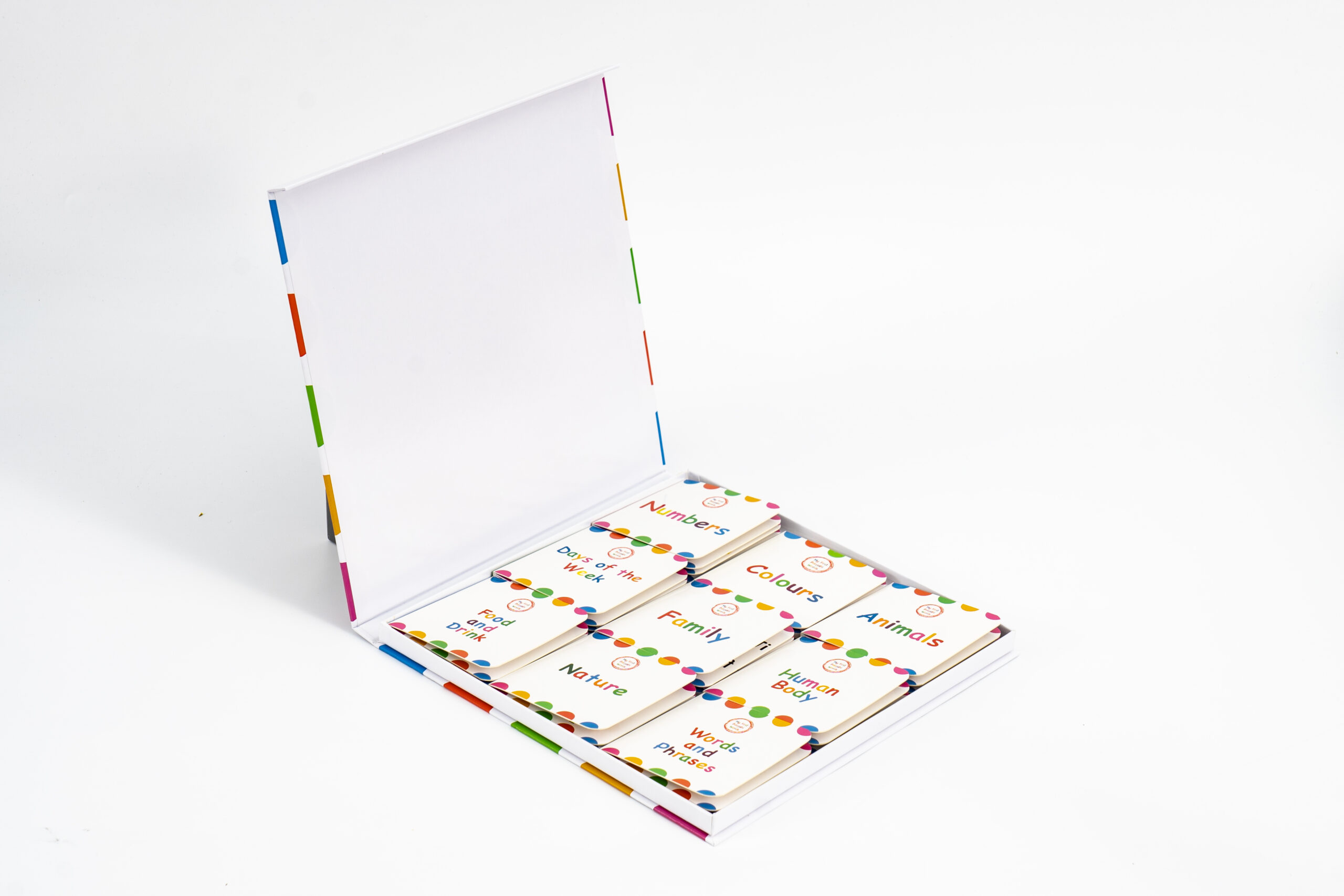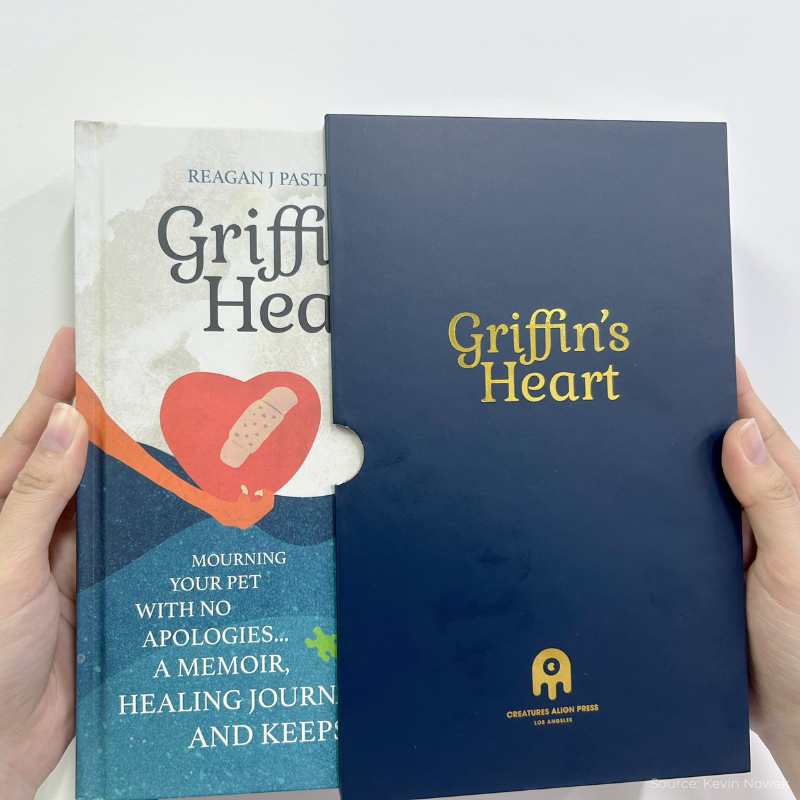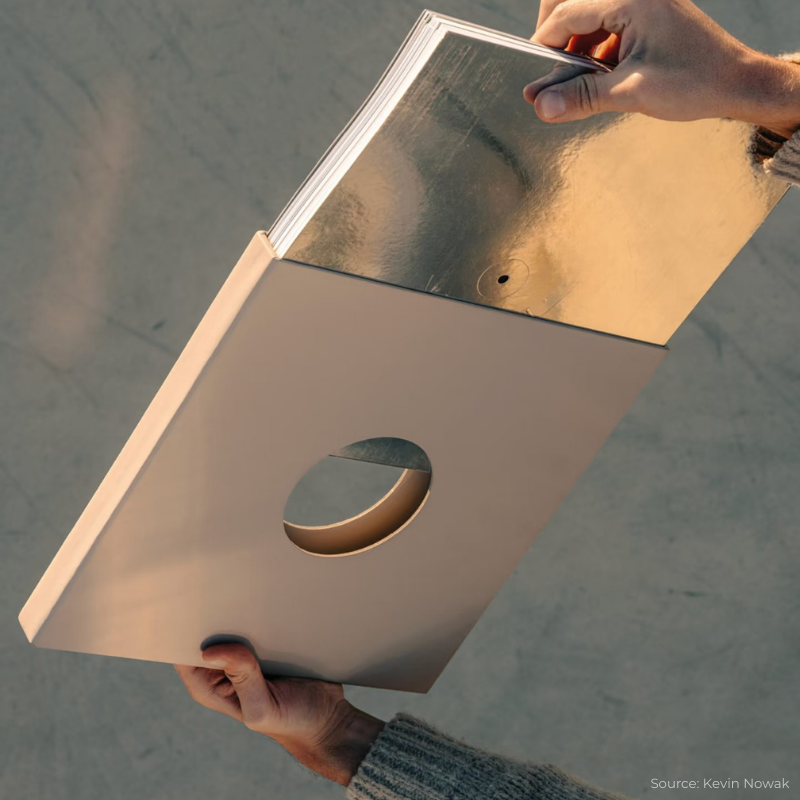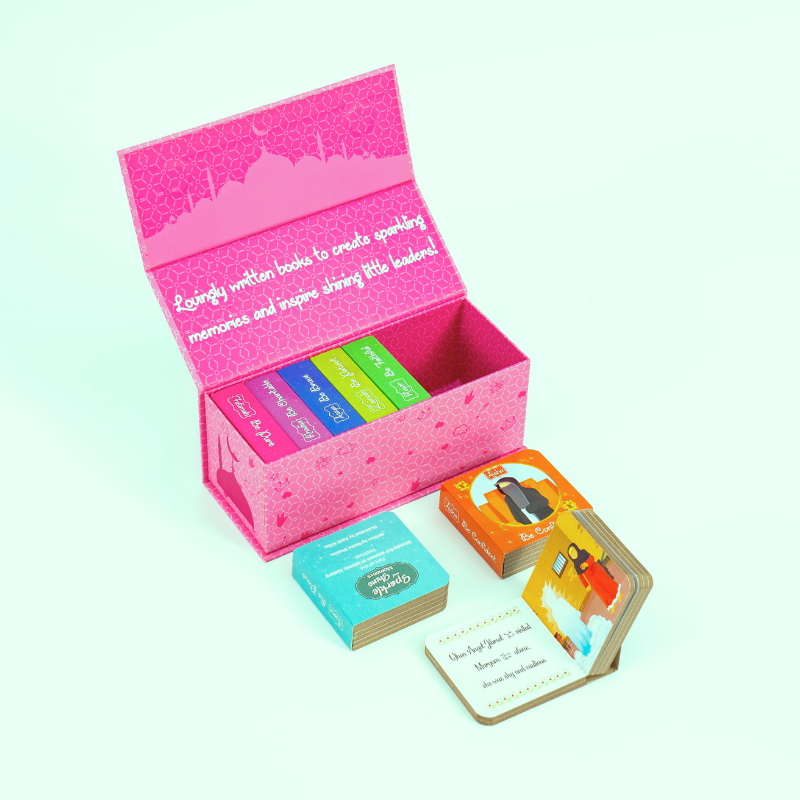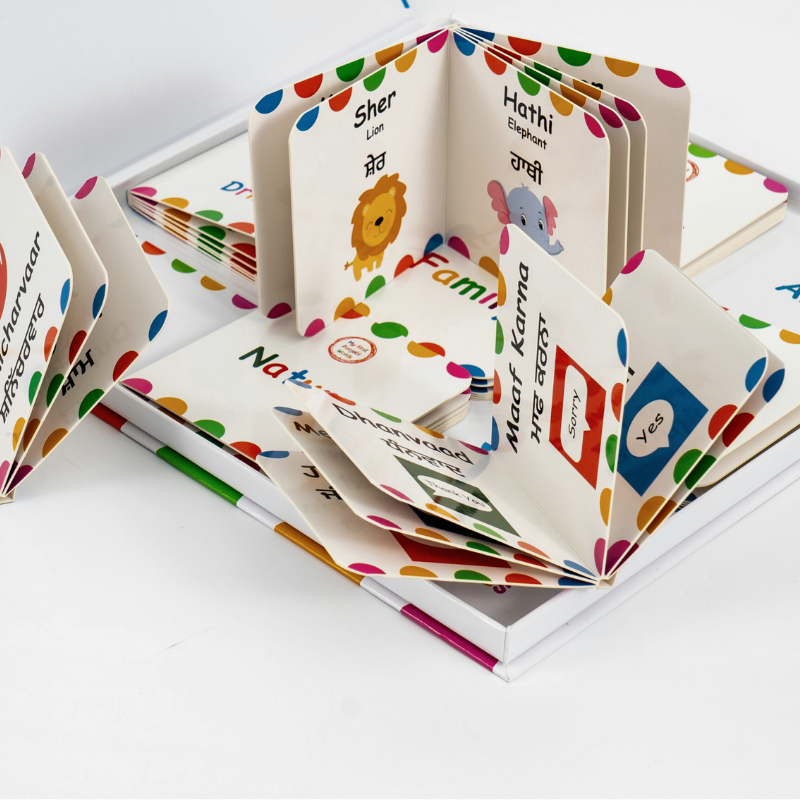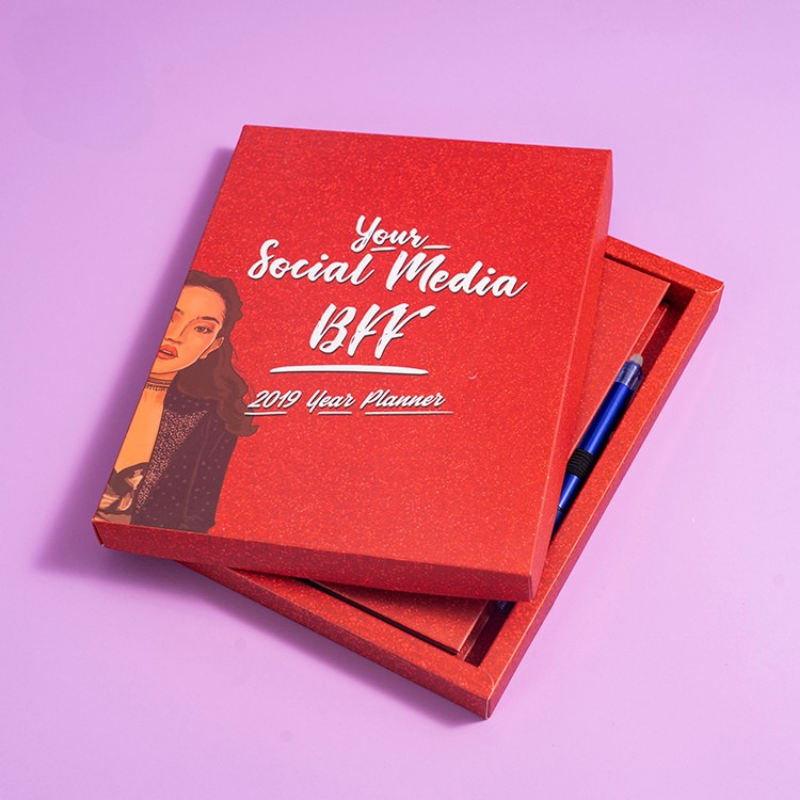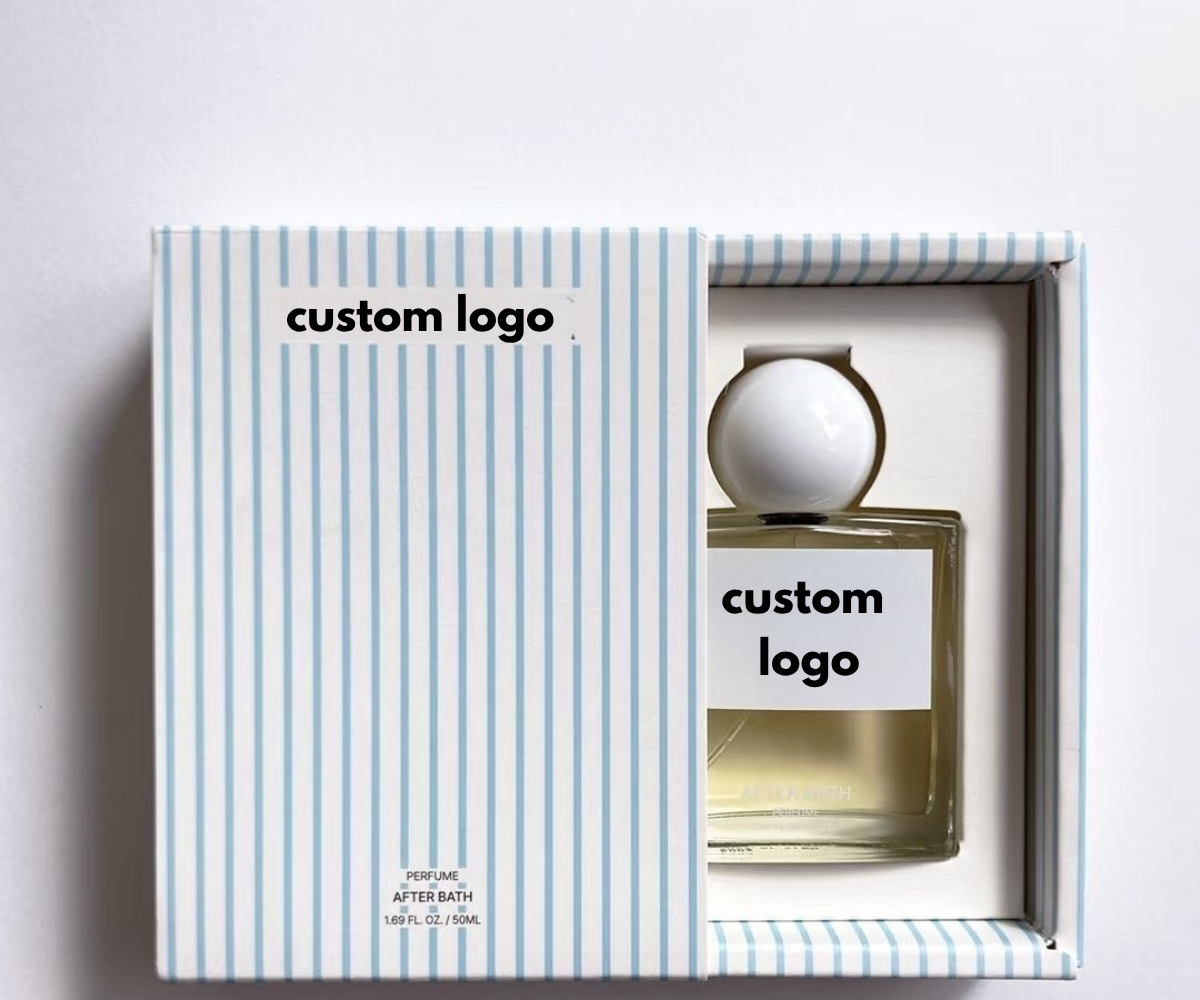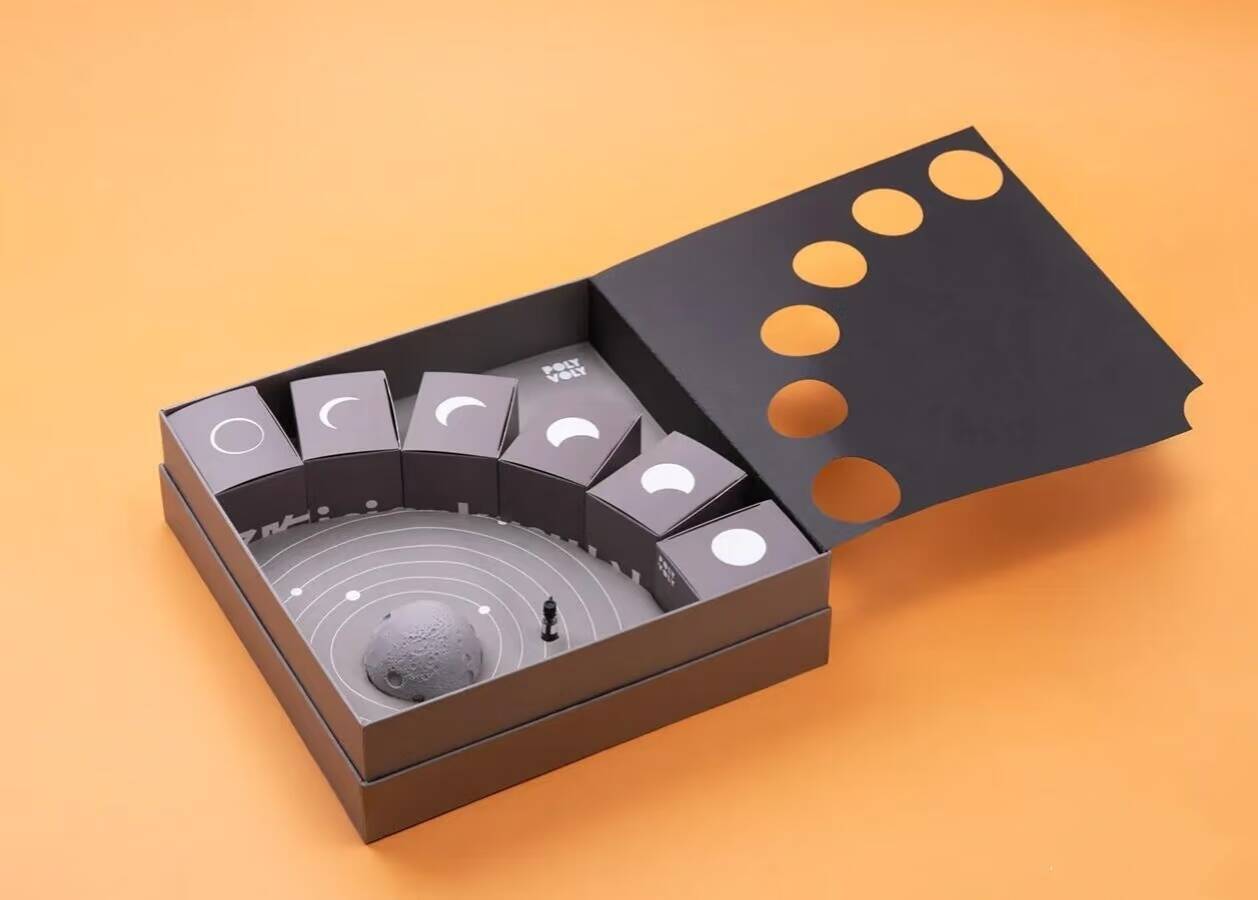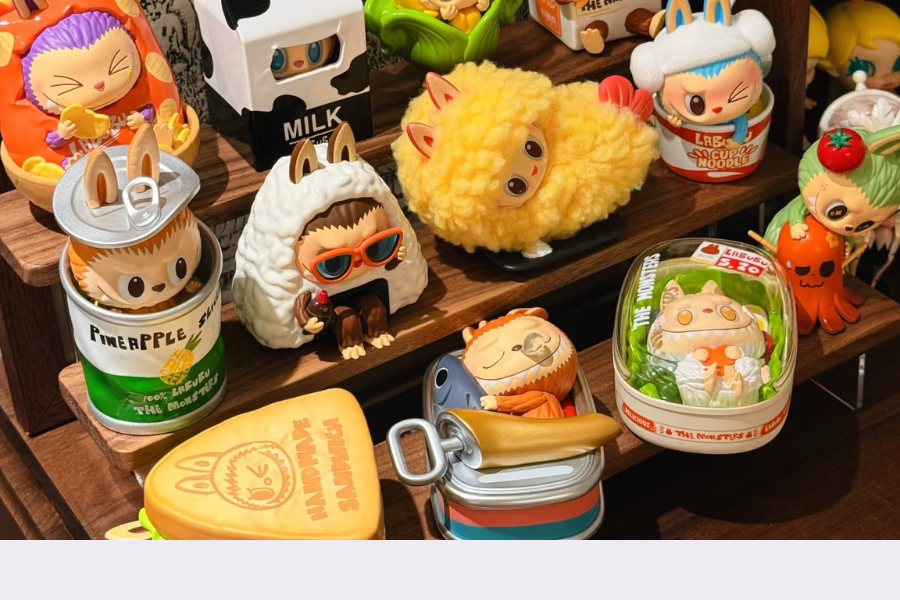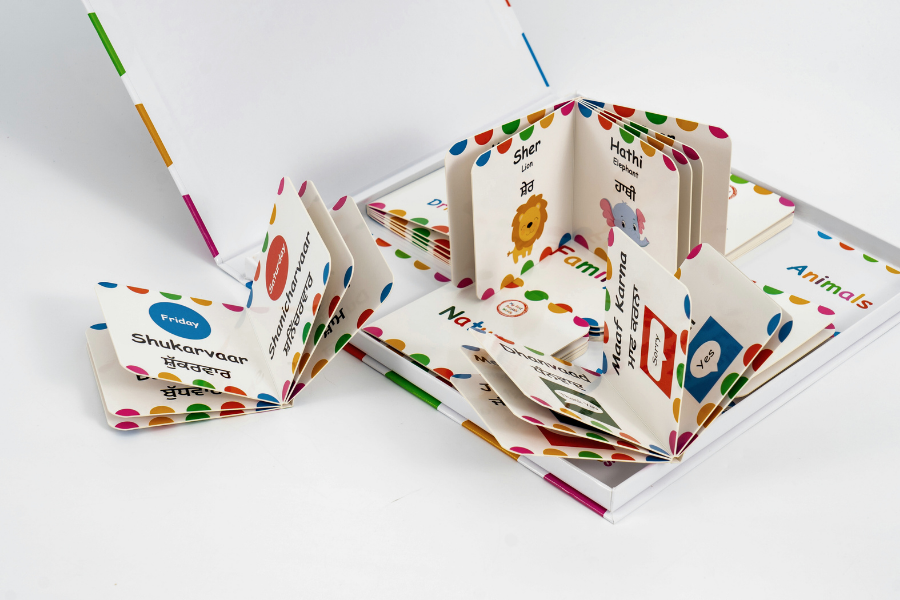
In today’s digital era, book subscription boxes have become one of the key ways for book lovers to distinguish physical books from e-books. Books have always been carriers of knowledge, but printed editions provide a multi-dimensional and human-centered experience that e-books simply cannot replace. This unique value has become a selling point that many online and offline booksellers are eager to capture. Packaging for books has now gone beyond protection. It emphasizes special materials and unique designs.
However, large-scale production must also consider feasibility and cost. Working closely with a professional packaging supplier helps strike the perfect balance between creativity and budget.
1.Book Slipcase Box
A book slipcase is a rectangular cover made of sturdy cardboard, open on one side, designed to hold and protect a single book or a set of volumes. Many book slipcases extend the main visual design of the book itself using the same cover imagery, title, and graphics—to create a seamless continuation that feels like part of the book. For easier access, designers often add a half-circle cutout on the closed side. In some cases, the slipcase is made slightly shorter than the book, allowing the spine to remain visible and adding a layered visual effect.
The inner structure is typically crafted from 2–3 mm greyboard, ensuring both durability and a solid hand feel, though the thickness can be adjusted depending on the weight of the book. For the exterior, slipcases are most commonly finished with laminated greyboard printed with custom designs, and may feature premium touches such as foil stamping, spot UV, or embossing. Some publishers even choose fabric or leather finishes to enhance the collectible and aesthetic value.
Overall, a book slipcase is considered one of the higher-cost options among book subscription boxes. To meet growing environmental demands, many are now produced with recyclable boards, making sustainability a key selling point. Beyond protection, slipcases elevate the unboxing experience, turning books and their packaging into a unified presentation.
Pros:
- Premium Presentation
- Variety of cover materials
- Impressive aesthetics
Cons:
- Higher Cost
- Bulkier and Less Portable
2. Book Mailer Box
A book mailer box is one of the most practical and widely used packaging solutions for shipping books. Made primarily from corrugated cardboard, it is lightweight yet durable, providing reliable protection during transit. Its design usually features self-locking flaps or tear strips, making it both secure and easy to open. For publishers, subscription services, and online bookstores, mailer boxes offer an efficient way to ensure books arrive safely in customers’ hands.
In terms of customization, book mailer boxes are usually made from corrugated cardboard, which provides excellent cushioning and protection during shipping. Among the different flute types, C Flute is often preferred because it strikes the right balance between strength and cost efficiency. While standard mailer boxes used solely for transportation may have minimal finishing, premium editions such as those for hardcover books or box sets often use stronger corrugated materials or reinforced corners for extra durability.
To enhance the unboxing experience, brands can add subtle design upgrades. Options include embossed or debossed logos to highlight branding, spot UV coating to bring out glossy details, or even die-cut windows that allow a glimpse of the book cover or special pages inside. These features elevate the packaging from a purely functional container to a more engaging, branded presentation.
Pros:
- Cost-Effective
- Lightweight and Practical
- Eco-Friendly Options
Cons:
- Not Long-Term Storage
- Limited Premium Appeal
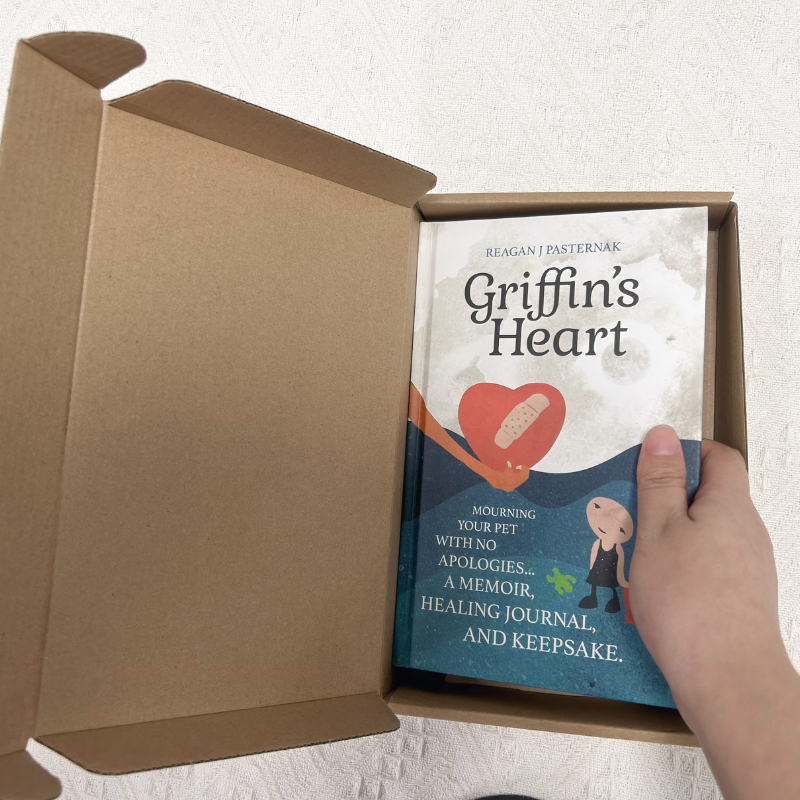
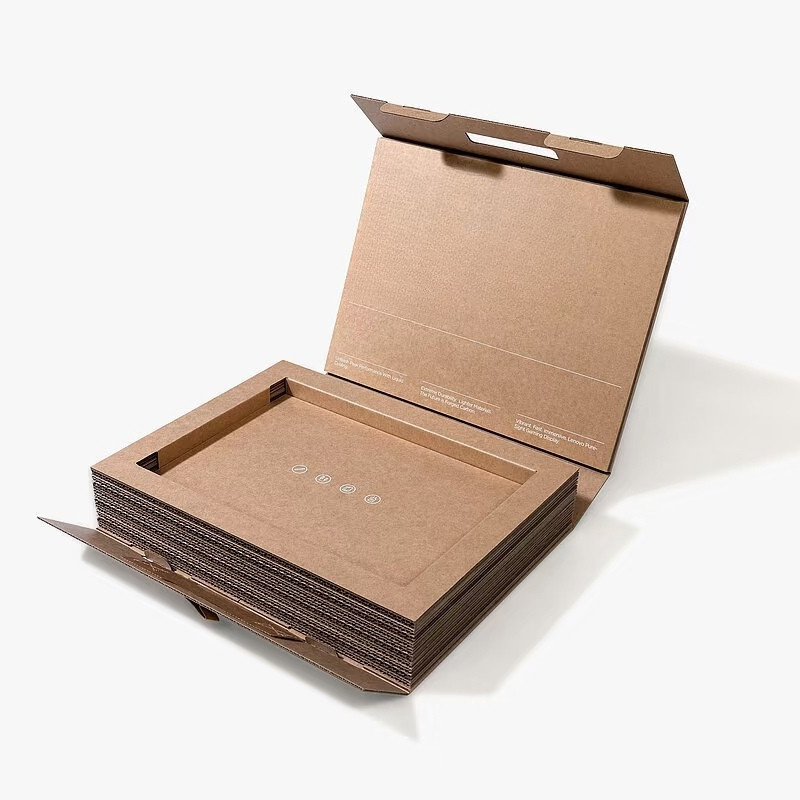
3. Book Rigid Box
A book rigid box is one of the most premium options for book packaging, made from thick and sturdy paperboard that delivers exceptional durability and an elegant presentation. Unlike folding cartons or mailers, rigid boxes are non-collapsible, which gives them a strong structure and a luxurious, gift-like feel. They are commonly used for collector’s editions, coffee table books, corporate gifts, or high-value publishing projects where presentation is just as important as protection.
In customization, rigid boxes offer a wide range of finishes. The outer layer can be wrapped with printed paper, specialty textured paper, fabric, or even leather to enhance the tactile experience. Premium effects such as foil stamping, embossing/debossing, spot UV, or magnetic closures further elevate the look. The thickness of the board can also be adjusted based on the size and weight of the book, ensuring both functionality and sophistication. For sustainability, many publishers are now choosing recyclable greyboard or eco-friendly wraps, making rigid boxes both elegant and environmentally conscious.
Pros:
- High-End Appearance
- Excellent Protection
- Versatile Customization
Cons:
- Higher Cost
- Non-Collapsible
4. Book Display Box
Book display boxes are designed not just for protection, but for visibility and marketing impact. Unlike mailer or rigid boxes that focus on durability, display boxes often feature open fronts, cut-out windows, or angled structures that allow the book cover and spine to remain visible. This makes them ideal for bookstores, exhibitions, and retail environments where visual appeal drives sales.
From a customization perspective, display boxes can be made from cardboard or corrugated board, depending on whether the priority is presentation or strength. They often include die-cut windows, vibrant full-color printing, and glossy or matte finishes to catch the customer’s eye. For branding, embossing, foil stamping, or spot UV can highlight titles or logos, while eco-friendly kraft board options are increasingly popular among publishers promoting sustainability.
Pros:
- Strong Visual Impact
- Branding Potential
Cons:
- Less Protective
- Short-Term Use
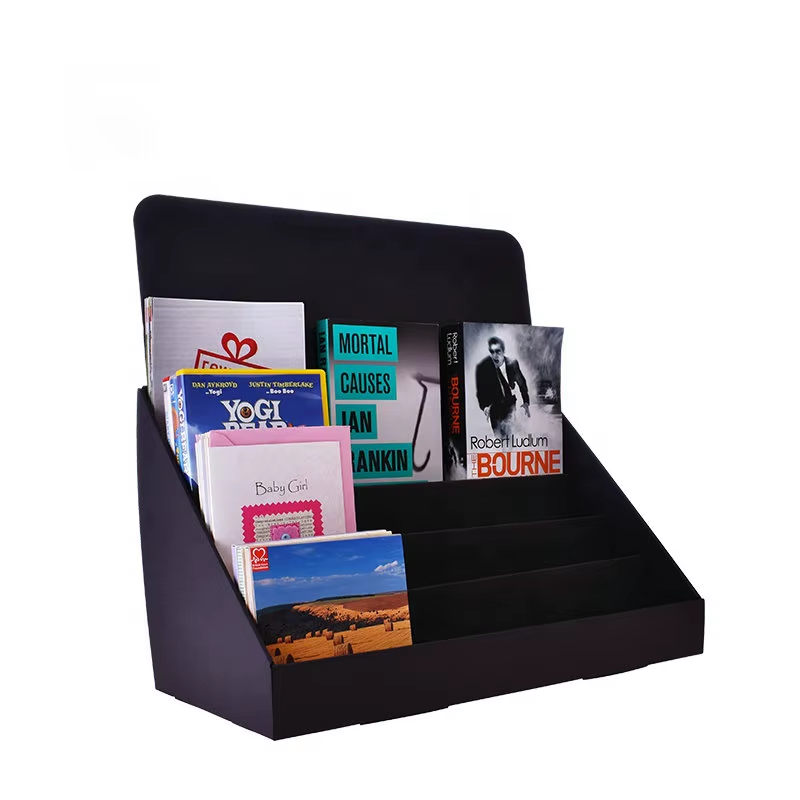
5.Book Two-Piece Boxes
Book two-piece boxes are a classic and elegant packaging option consisting of a separate base and lid. Unlike mailer boxes or folding cartons, they open in a traditional “lift-off” style, giving a premium and ceremonial feel when unboxing. Because of their sturdy construction, two-piece boxes are widely used for special edition books, luxury publications, collector’s sets, or gift packaging where presentation matters as much as protection.
From a customization perspective, two-piece boxes can be made with rigid greyboard or corrugated board, depending on whether the focus is luxury or practicality. The outer lid provides a large printable area for full-color artwork, foil stamping, embossing, or spot UV, while the inside can be enhanced with velvet, fabric lining, or custom inserts to hold the book securely in place. For brands emphasizing sustainability, recycled board or kraft paper wraps are increasingly popular choices.
How to Make a Book Box? Go for Customization
While DIY methods show how to make a single book box at home, they often lack durability, consistency, and scalability. For businesses, publishers, and brands, bulk customization is the smarter choice. With professional equipment and experienced production, we create custom book packaging in large quantities—ensuring every box has the same quality, structure, and design. From eco-friendly mailer boxes to premium rigid boxes, our bulk production offers cost efficiency, reliable protection, and the flexibility to include your brand elements. Instead of crafting one box at a time, you can get thousands of customized book boxes tailored to your needs, ready to impress your customers.

